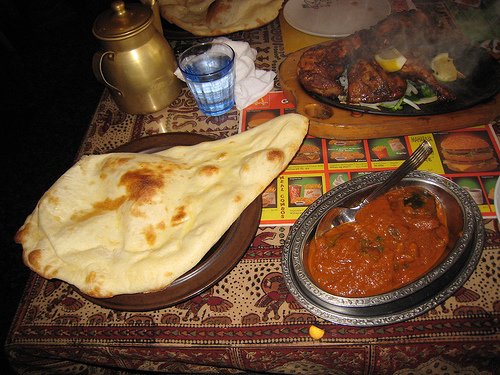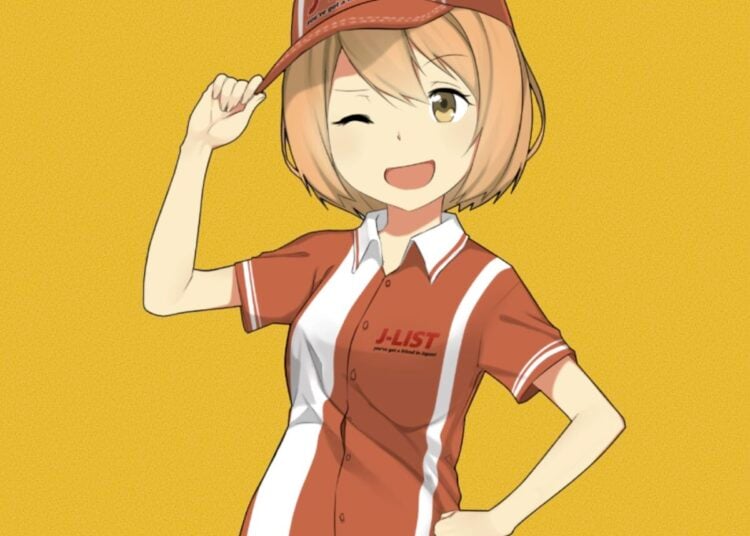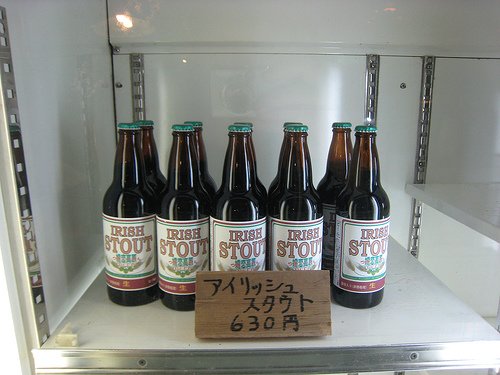Words always reflect the people that use them, and vice-versa. In American English our notions about individualism and not going with the flow no doubt color the language we use in subtle ways, and Japan’s language is similarly affected by its culture. Japan is a country where 80% or more of the people feel a strong need to consider themselves part of the Middle Class and where the word futsuu (foo-TSOO), meaning “normal” or “the same as everyone else,” never carries a negative connotation. One interesting way of organizing people into sub-groups is the term zoku (族), translatable as “family” or “tribe,” a tongue- in-cheek way of dividing the population up into quasi-anthropological categories. One of the most famous of these sub-groups are the otaku-zoku, the species of human that surrounds himself with manga, anime and pop culture from Japan — we don’t know anyone like that, do we? The poshest address in Tokyo is Roppongi Hills, a high-rise mini-city in Tokyo, and the fashionable people who can afford to live there are known as Hills-zoku. Often the word is used to give a name to a new social trend, such as hotaru-zoku, the “firefly tribe” of males whose wives have forbidden them from smoking in the home, forcing them out onto the veranda at night where their cigarette tips dance like fireflies. Some other sub-species of Japanese are mansion-zoku, people who live in high-rise apartments, oddly referred to as mansions; neko-zoku, those who like their cats way too much; and keitai-zoku, people obsessed with their cell phones all the time. Which zoku are you?
Rice is the staple of every Japanese household, the most important food in the country since cultivation began back in the Yayoi Period (300 B.C. ~ 250 A.D.). Eaten with three meals a day in many households, rice is such a big part of food culture here that the most common word for rice, “gohan,” also refers to any food or meal. To prepare Japanese-style rice, you must wash it for several minutes to remove the edible white powder it’s packed in, then put it in your electric rice cooker and press the button — very convenient. The old U.S. commercials for Uncle Ben’s Rice boasted that the grains won’t ever stick together, but Japanese rice is supposed to be sticky enough so that you could use it to stick stamps on letters instead of licking them. Being the basis for Japanese civilization, rice is almost considered holy, and mothers tell children to eat all their rice because there are 88 gods in each grain who will get angry if rice is wasted. One the great mysteries of Japan is why virtually every woman seems to suffer from chronic constipation. The answer of course is that they eat too much rice, a natural cure for soft stools, but trying to get Japanese to listen to such a suggestion is just impossible.
I love Japanese public baths (sento) and hot springs (onsen, pronounced own-sen), and take my kids every week — sometimes twice. Public baths hail back from the Edo era when people didn’t have private baths in their homes, and had to go to community facilities to get clean. Hot springs have a long history in Japan, and popular onsen towns like Kusatsu or Beppu have been around for more than 1300 years. Once, when my son was younger and we were in an onsen together, he took me aside and asked me why a little boy playing in one of the baths had a blue bruise on his rear end. This is the famous Mongolian Spot (mokohan in Japanese, meaning “the Old Spot of Mongol”), a blue bruise-like spot which is found on Chinese, Japanese and Mongolian children, including my own kids when they were young. (See link here — um, it is okay to link to something like this, right? ^_^) The spots go away when the children reach age five or so. In Japanese, the word for someone who is still a wet-behind-the-ears greenhorn is ao ni-sai (“still blue 2-year-old”), which is probably related to this spot.
J-List has been involved in licensing great “doujin” CG artwork and publishing it in CD-ROM format for years, and today we’re happy to announce that the Borderline Collection vol. 2 & 3 are available again as Internet Downloads. The breathtakingly beautiful creations of illustrator Sakaki Naomoto (who incidentally designed the J-List logo girl), these two collections are filled with great images for fans and collectors. Check them out now!
















